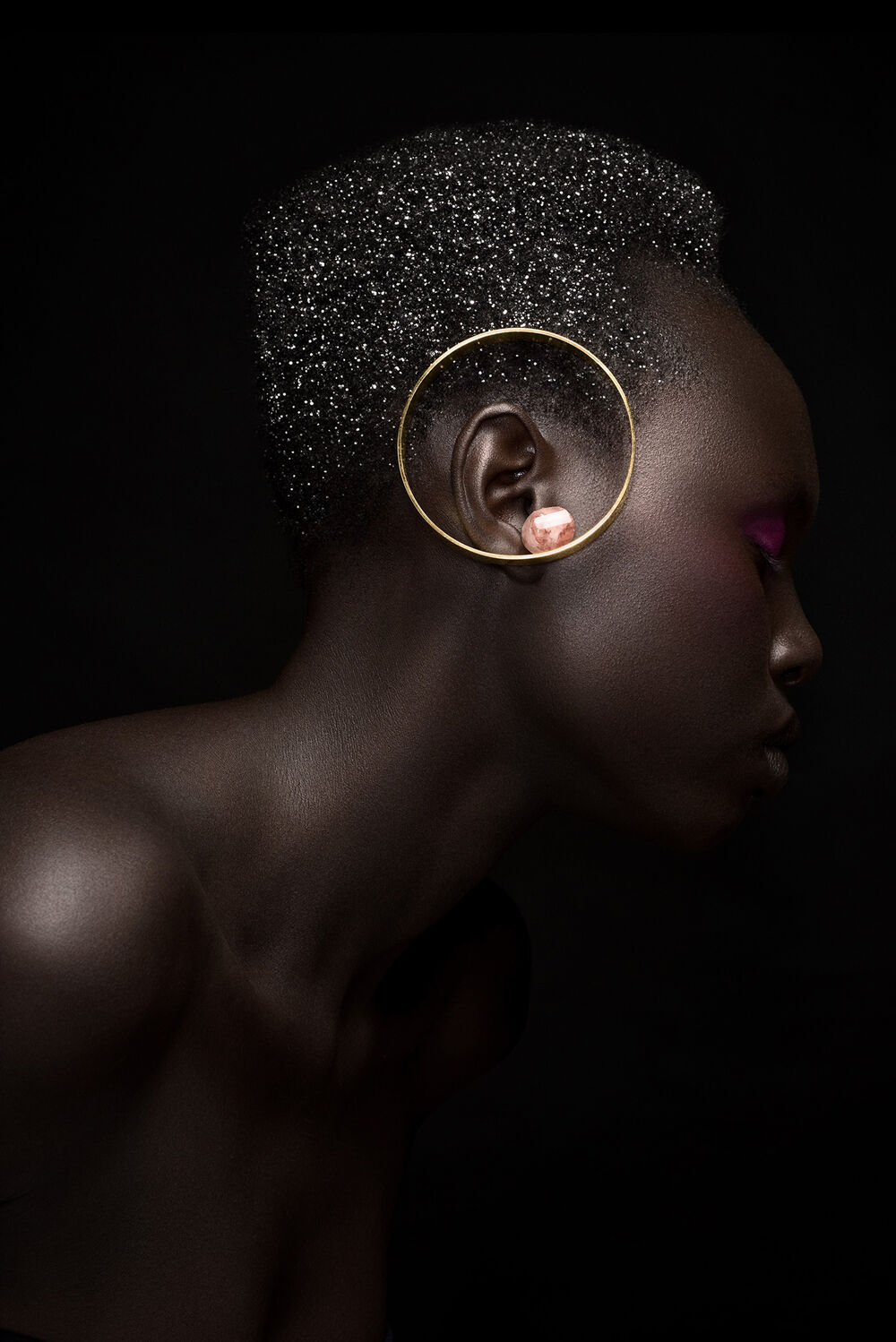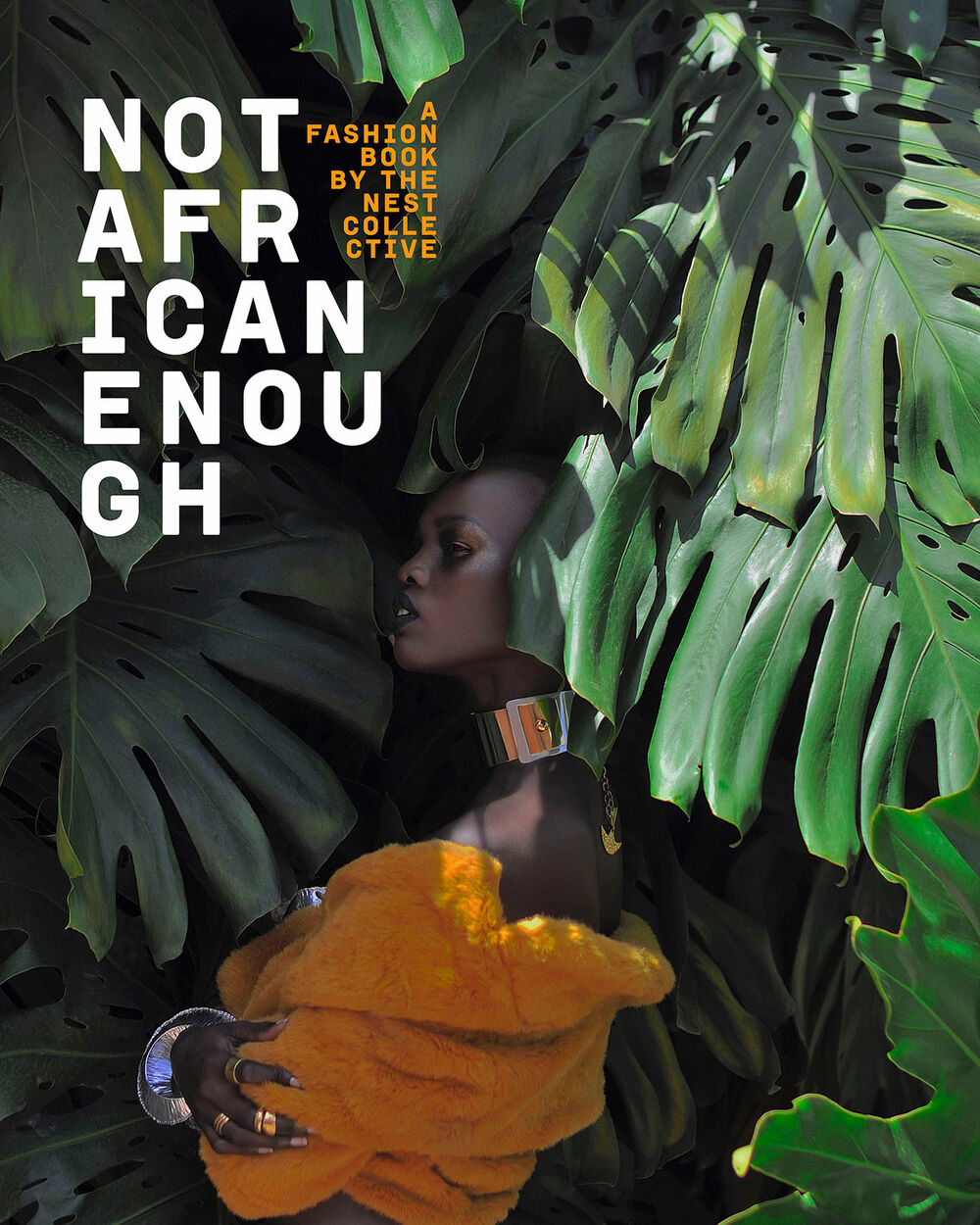The dynamic fashion scene in Kenya has seen a number of emerging designers entering the market in the last few years. These newcomers have been channelling their diverse influences - many of which are Kenyan by default- into edgy, timeless designs. However, they have had a challenging time finding what would be considered ‘African’ inspiration by the gatekeepers of the fashion industry. The phrase “Not African Enough” has been used to dismiss their work in a global fashion scene that is both yearning for design inspiration from the continent, but that is also quick to define the limits and authenticity of ‘African-ness’.
In the fashion industry, there is hardly consensus as to what constitutes ‘African’ design. So far, the mantra has been: if it looks ‘African’ it probably is (and vice versa). But there is more than meets the eye. The NEST collective, the creative tour-de-force based in Nairobi, has
complied a formidable rejoinder to the assembly of words, images, sounds, ideas, weaknesses, and histories that feed the super-concept of Africa. The book, entitled Not African Enough, is both just-in-time and long overdue. The fusion of a look-book angle, an anthological approach, candid designer accounts and the typical aesthetic rigour of the NEST Collective makes for a sleek and infinitely delightful ensemble. Fourteen designers share their inspiration, design process, and experiences in the fashion industry in the book. A common trope that many of them have been confronted with, is the idea that their design has to include colourful wax-print fabric. This wax-print imperative attempts to define a creative spectrum within which designers from Africa are ‘allowed’ to operate, therefore limiting their creativity. For Instance, Katungulu Mwendwa explains that:
"My aesthetic confused people at first. Some people would even say, "Is that African? But there's no print!" I realized some people have a very narrow definition of Africa, and it rarely ventures out of heavy, bold print and color. My response to that idea has always been "Why do you want to limit my creativity? Are you telling me that because I come from this huge continent - with so many different people - I am only allowed to use wax print when interpreting design?"
Additionally, the British were thorough with their colonialism in Kenya. Unlike Ghana, where many techniques of fabric making and processing survived (an equally brutal) colonialism unscathed, Kenya was not so lucky in this regard. Furthermore, imported clothing and the global rise of fast fashion in the 90’s aggravated the destruction of locally designed and manufactured apparel. The resulting influx of Mitumba second-hand clothing to Kenya stifled the fledgling sartorial culture that was beginning to thrive in Kenya, where local tailors would create bespoke pieces for eager customers. Kepha Maina puts it this way:
"There's a lot of British influence in what we wear. It's like when we got independence, we didn't throw out everything that came with the colonialists. We've never tried to figure ourselves out since then - we just continued with life after 1963. In the 90s, second-hand clothing was a big deal. Even the government embraced it. I believe that played a big part in eroding everything that was our own. Mitumba were cheap and easily accessible, and that really shaped what we grew up wearing, and the idea of valuing things from the US and Europe."
But instead of designing back (to the West), Kenyan designers are doing their thing and letting gatekeepers across the world catch-up. They argue that they need to create a product with global appeal: Fashion which stands out by its design, quality and art, rather than by where it comes from. Established designers on the international scene rarely have to think about their countries of origin in their design process. The designers in Not African Enough are (re)asserting this freedom for themselves as well. They want their creativity to speak for itself, and to the talent, process and hard work that go into it. For Anyango Mpinga:
"There's a shift that's happening with the new generation of African designers, because we're creating products that have global appeal. Someone in New York, Seoul, Sydney or Paris could look at my dress and ask "Where's that from?" It shouldn't be obvious that a piece is from Africa just because it's made from wax print."
The conversation being amplified by Not African Enough is not about renouncing the wax-print fabric, even though Kenya would definitely be in the lower slots of any ‘African wax-print fabric ubiquity index’. Rather, what Not African Enough highlights is the reclamation of spaces that embrace and harness the diversity of influences (including wax print fabric) within Kenya and by extension the continent of Africa for innovation in fashion and design. The featured designers are unapologetic and ready to push boundaries. They are taking back the power to define what ‘African’ means to them. Between the book’s covers, there is a collective realisation that a continuous reconfiguration of identity and culture is what innovative fashion design needs to thrive anywhere, more so in Kenya.

Not African Enough is a homage to this vigour. It foregrounds fashion design in a way that rejects the alterity that the West has continued to attribute to the Continent, and that Africans have come to half-heartedly accept. It is a ‘rallying-call’ to fashion designers that are home-grown, ingenious and inspired by their contexts, but that also effortlessly transcend the limits & expectations implied by the ambiguity of categories such as ‘African fashion’ or ‘African design’. Not African Enough set out to dismantle the super-concept of Africa and its counter-productive role in contemporary fashion design thinking. Already, this book has succeeded by leaps and bounds, but don’t take my word for it.

Not African Enough: A Fashion book by the NEST collective. 368 Pages. Hardcover. Available in two cover editions. Featured Designers: Adele Dejak, Wambui Kibue, Anyango Mpinga, Ami Doshi Shah, Ambica Shah, Katungulu Mwendwa, Munga, Kepha Maina, Ogake Mosomi, Namnyak Odupoy, Firyal Nur Al Hossain, Wambui Mukenyi and design duo M+K (Muqaddam Latif and Keith Macharia)
Words by Eric Otieno | otienos.com
Availability (Worldwide delivery)
Kenya Visit thisisthenest.com
International Visit thisisthenest.com
or directly at M.Bassy Hamburg .

